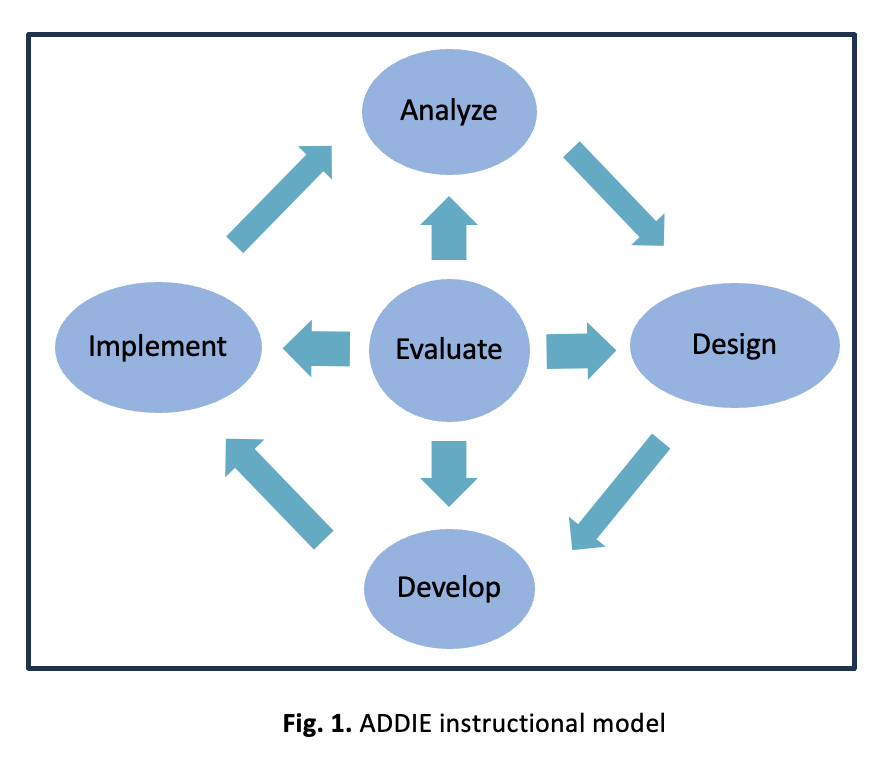Developing Synchronous Online Teaching Practices through Emotion Contagion Theory using ADDIE
DOI:
https://doi.org/10.37934/sijile.1.1.1223Keywords:
elementary online education, synchronous online learning, teaching practiceAbstract
Student engagement is a critical factor in online learning. The higher the engagement, the more effective time and effort students spend pursuing their goals. An increasing volume of research indicated that engagement is malleable through effective pedagogy. While most research focused on course structure and content, teaching and learning activities and the teacher’s role, this study aimed to add a human touch to online elementary learning since emotional engagement is the most influential factor in elementary education. The objectives of this study were to develop teaching practices in synchronous online sessions at elementary levels through Emotion Contagion Theory. The synchronous online teaching practices were developed based on the findings of preliminary studies of Generation Alpha’s online learning experience and the factor of emotional engagement. The development was conducted using the ADDIE Instructional Design Model, and Emphatic Concern, Emotion Contagion, and Communicative Responsiveness Model. As synchronous online learning is the facet of online learning, this study aimed to provide a guideline for elementary online educators to serve as a part of effective online education targeted at Generation Alpha, aged 7-12. Both descriptive qualitative and descriptive quantitative analyses were conducted. The development process adhered to the ADDIE model's five steps, encompassing Analysis, design, development, implementation, and evaluation. (2) The content expert's validation demonstrated agreement. The overall user's questionnaire responses averaged into the "good" category. Overall, users express that the module is qualified and easily comprehensible. Users suggested to provide more examples of non-verbal cues. Experts proposed a revision of the background colour to make it more interesting, add more details on how to create a genuine smile, and develop the teaching practices into a tangible synchronous teaching kit to increase its accessibility.
Downloads














